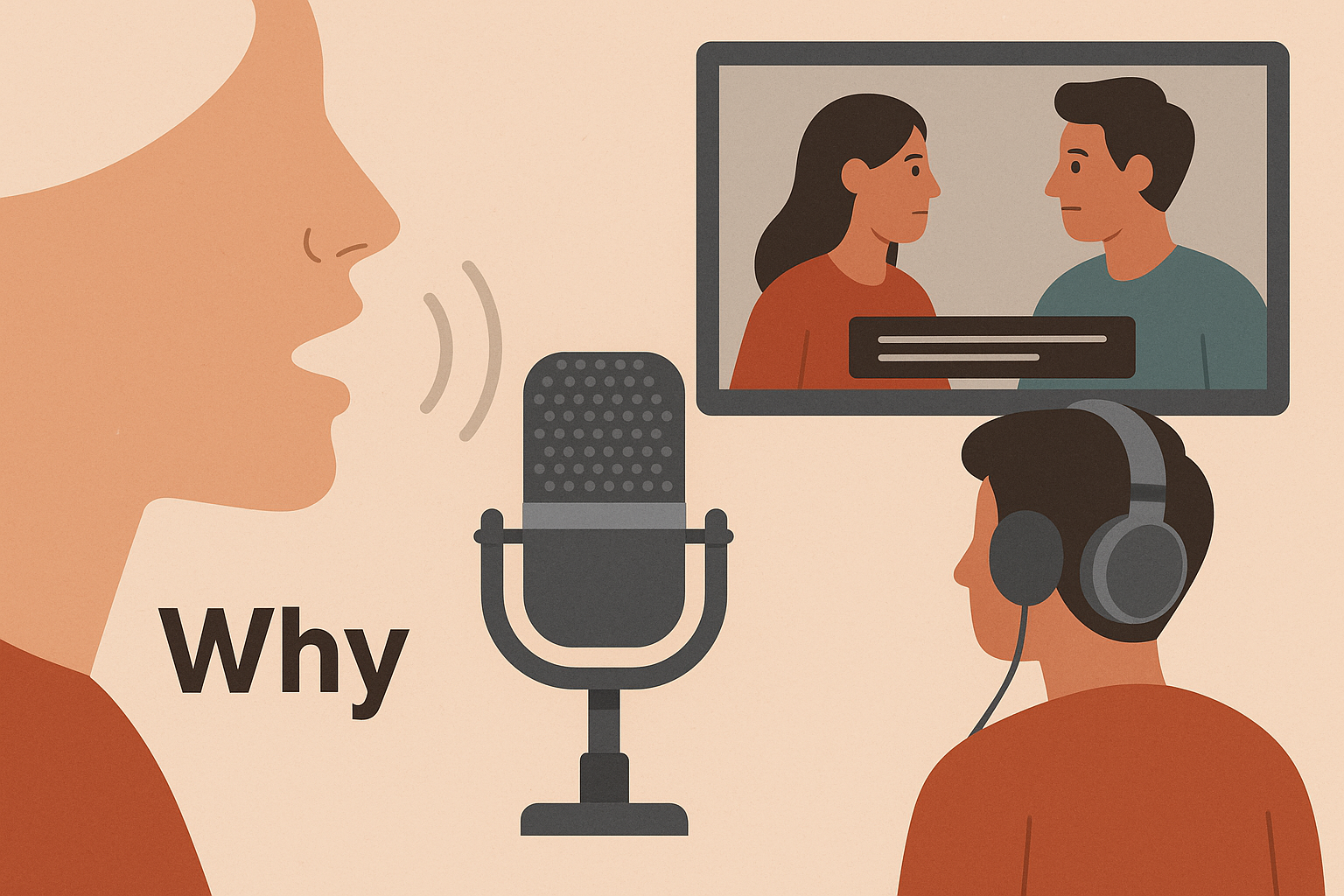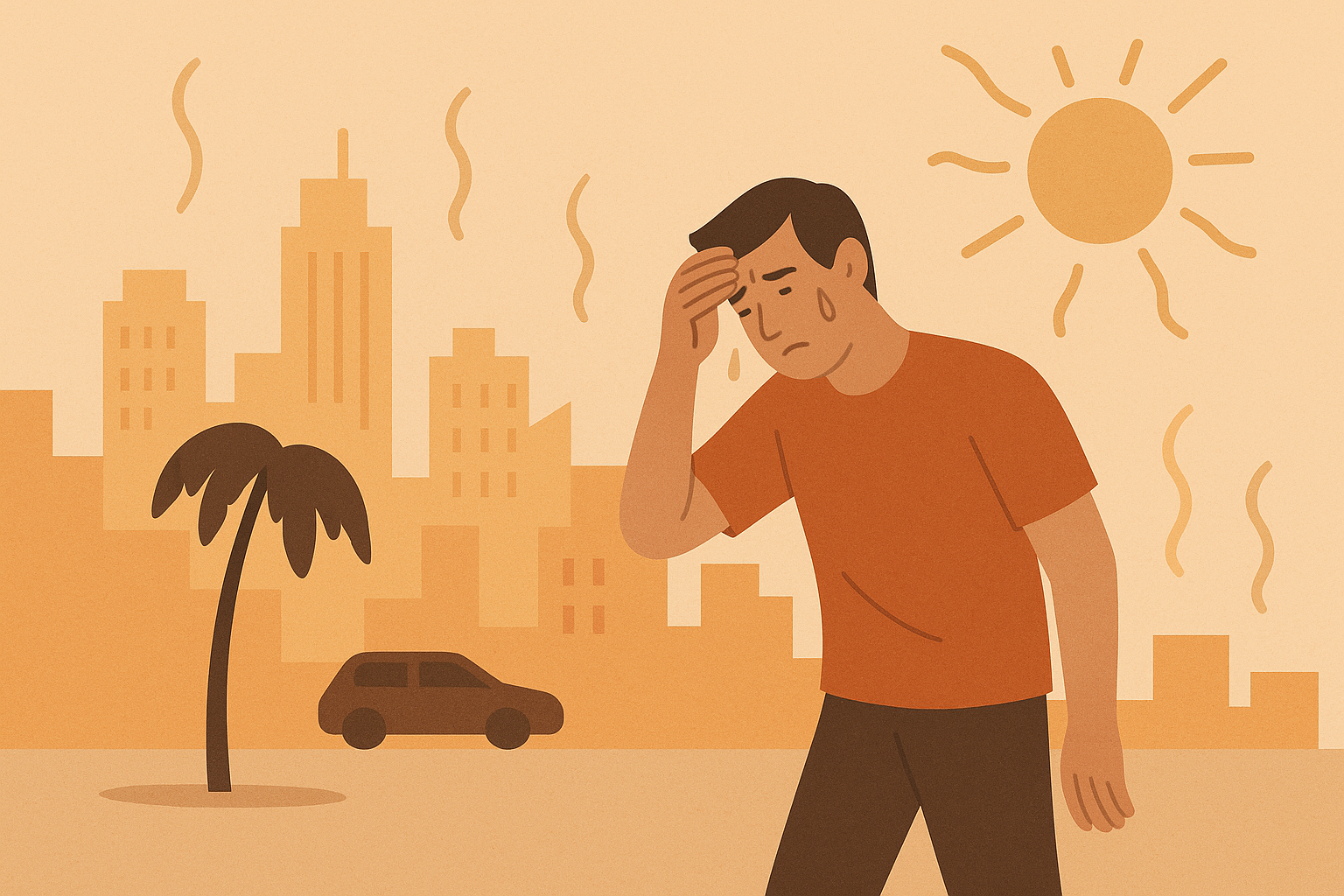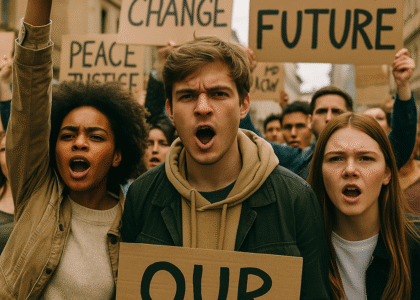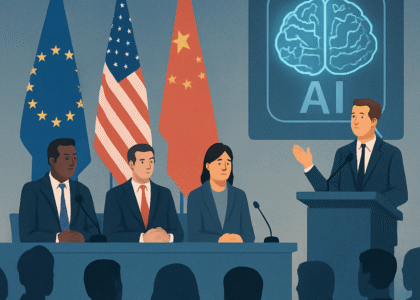You know that feeling when you’re watching a movie, and the characters are clearly not speaking your language—but everything sounds perfectly natural? That’s voice dubbing in action. It’s not just a background process for foreign films anymore. These days, it quietly shapes how we consume media, learn online, and even scroll through social networks.
I used to think dubbing was only about old kung fu movies or cartoons on TV. But it’s become way more than that. Whether it’s a YouTube creator making their video work in multiple languages or an online course being adapted for new learners, voice dubbing is how content travels the world—without losing its voice.
It’s Not Just for Movies Anymore
Back in the day, dubbing was mostly about matching lips to voices in big productions. Now, it shows up in places you wouldn’t expect. Podcasts, social videos, explainer animations, even some TikToks get dubbed today. It helps creators reach wider audiences without re-recording or remaking their content.
Think about it—when a course instructor wants to teach students in different countries, dubbing lets their same video stay intact while the language adapts. It saves time, money, and effort, and it keeps the tone of the original speaker.
How It Actually Works (Without Getting Too Technical)
The process of dubbing is more than just translating. First, the original voice is transcribed and rewritten in the target language so it makes sense and flows naturally. Then someone records the new voice, making sure the tone, emotion, and timing match the original speaker.
What’s cool is that modern tools—even AI-powered ones—can speed up the work without making it robotic. But it still takes a human touch to make it sound real. The best dubs don’t just say the same thing in a different language—they feel the same too.
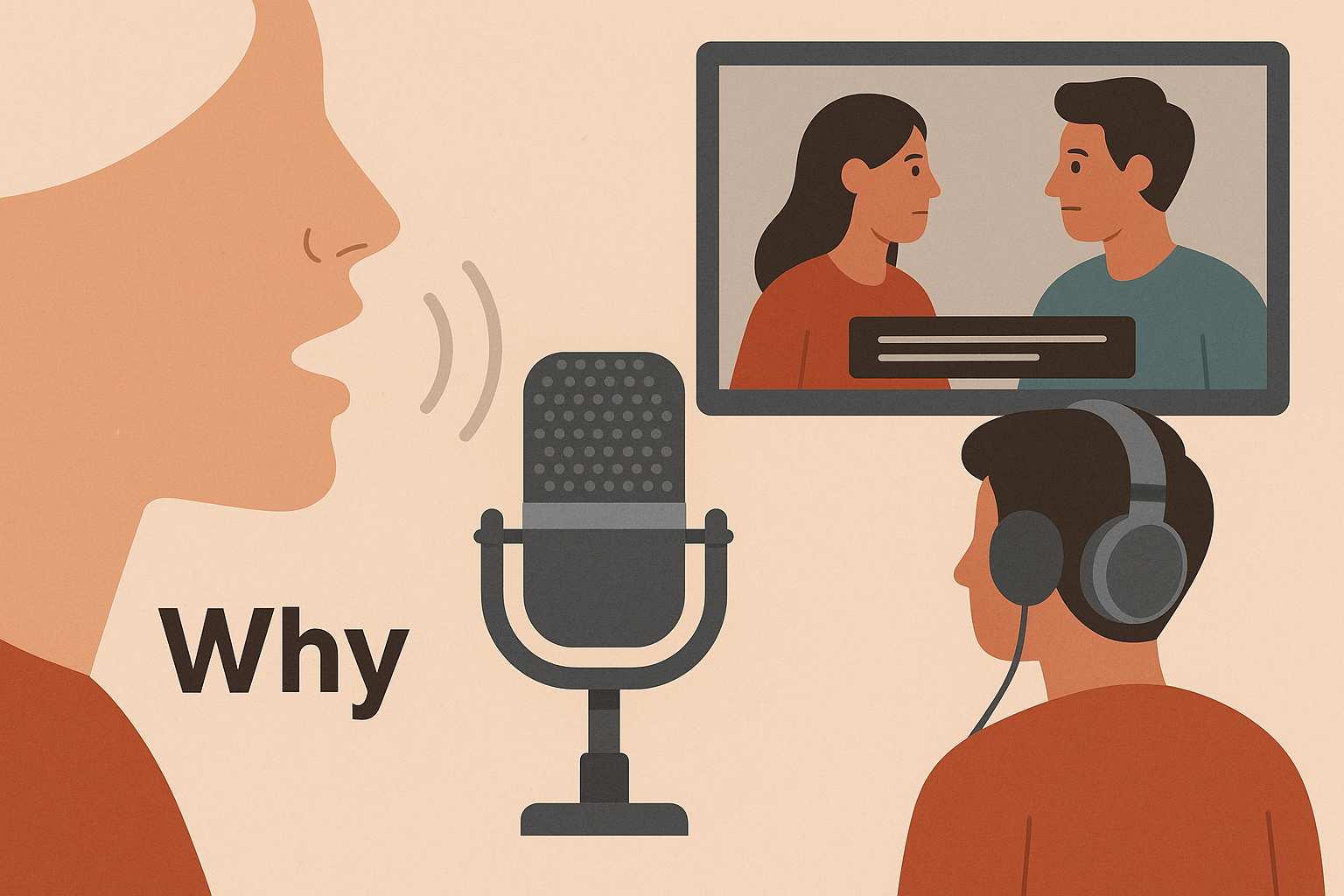
Why It Matters More Than Ever
In a world where we scroll fast and skip even faster, voice matters. It’s easier to listen than to read, especially when you’re multitasking. That’s why dubbed content performs better across so many platforms. It feels native. It feels made for you.
And for brands or creators trying to connect with real people, sounding natural is everything. That’s where smart voice dubbing makes a difference. It’s not about tricking people—it’s about giving them the same experience, just in their language.
What’s Ahead
Looking at where things are going, it’s clear that dubbing will be a big part of how we hear the world. More people are making content than ever, and not everyone speaks the same language—but everyone wants to feel included.
And with tech getting better and workflows getting easier, dubbing won’t be just for studios or big companies anymore. It’s becoming a tool that’s right there in the hands of everyday creators. That’s exciting.
Whether you’re a teacher, a YouTuber, or someone turning a podcast into a global story, voice dubbing isn’t just useful—it’s quietly powerful. It’s one of those things that sits in the background, but changes everything.

